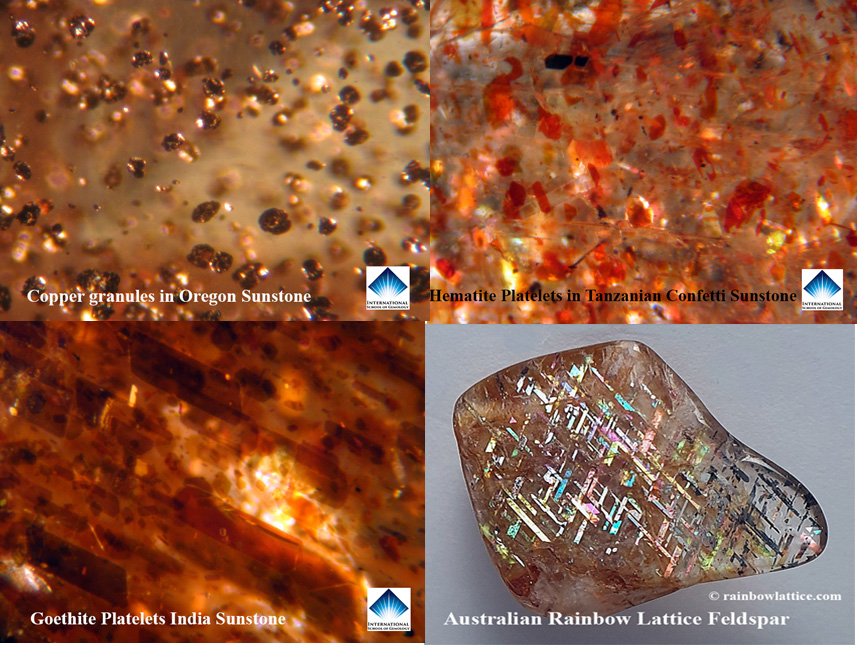Please sign in first
Not a member?

- Home
- Online Education Programs
- RG/RGA Legacy Entrance
- ISG Credentials
- Frequently Asked Questions
- Registry of Graduates
- Careers in Gemology
- Important Program Information
- Newsletters
- Susan Bailey v. Frantz Jewelers, et al.
- The Story of Blue Topaz
- The Story of Tibet Andesine
- The Story of Oregon Sunstone
- The Story of Created Moissanite
- Identifying Lab Created Diamonds
- Black Diamond or Created Moissanite?
- Ebay, the GIA, and Section 230
- Lessons From the Angry Janitor
- Exposing the Truth about Lab-Created Diamonds
- AGTA Hobbles Dealers and Buyers
- Appraisers -v- Gem Labs…a Legal Imbalance!
- Understanding the Classification of Diamonds
- Cremation Diamonds: Insuring and Litigating
- Let’s Talk About Gemology Credentials
- Hometown Jewelers and the Force Majeure Clause
- Following the Critical Angle of Diamond Grading
- When Breitling Brought the Airmen Home
- Let’s Open a Refractometer
- Measuring the Energy of Light
- Quick Reference Guide to Sunstone
- ISG Seeing the Invisible Light
- Contact Us
Quick Reference Guide to Sunstone

Quick Reference Guide to Sunstone
With the growing popularity and demand of Oregon Sunstone, there is a great deal of confusion (or maybe not) among many gemstone dealers regarding the difference in Oregon Sunstone and other types of sunstones on the market. The name “sunstone” is formulated for the obvious reason that the various gemstones who use that name provide a unique beauty and reflective qualities. The key issue is what creates those unique qualities that make each sunstone unique. Since Oregon Sunstone is fast becoming the most in-demand and therefore the most valuable of the sunstones, all too often dealers in the other types try to assimilate terms like Oregon Sunstone’s “schiller” into their own sales presentations. To clarify the issues, today we will present a quick reference guide to the most often seen sunstones on the market. Each is unique. All are beautiful. But qualities and values vary greatly among them. Therefore, today we present a Quick Reference Guide to Sunstone.
 Copper In Oregon Sunstone
Copper In Oregon Sunstone
We start with the most rare and valuable, Oregon Sunstone. Below is a high magnification look at the copper granules in Oregon sunstone. This is copper schiller. We won’t go into the red and green colors that result from this copper as this is an inclusion directory, but it is important to know that only Oregon Sunstone has copper inclusions and they do not appear as platelets.
 Tanzanian Confetti Sunstone
Tanzanian Confetti Sunstone
The picture below tells the story of the name. Here the red color of the platelets identify these as hematite platelets. While hematite and goethite are both types of platelet-appearing iron inclusions, the red color of the Confetti Sunstone is the indicator of the hematite. The “confetti” appearance is the most often seen appearance of the Tanzanian Confetti Sunstone.

Indian Sunstone
The unique appearance of these goethite platelets are not only an identifier they are also very fun inclusions to study due to the rhomboid shapes of the platelets. The dark brown and yellow colors tell the story of the goethite content, and they are generally aligned based on the crystal structure.
 Australian Rainbow Lattice Sunstone
Australian Rainbow Lattice Sunstone
This is a relatively new find of sunstone colored by hematite and magnetite. The dark platelets are generally understood to be magnetite while the rainbow colored platelets are hematite. Like all of the iron based inclusions in this and the above two specimens, the actual type of iron platelet may vary. However, these are all iron based platelet inclusions while only the Oregon Sunstone has copper as inclusions as the coloring element. Image below from rainbowlattice.com, the Australian mining company website.
I hope this short, pictorial Sunstone Directory is of benefit to help both sellers and buyers better understand the identifiers of the types and origins of sunstone. Remember, there always exists the possibility that other types are out there waiting to be discovered or varieties of the above that are not shown. This is a general overview to help you make a quick distinction between the most often seen types of feldspar sunstone on the market.
Other than the Rainbow Lattice specimen, all images were taken in the ISG gem lab using our Meiji Techno GEMZ-5 microscope and Canon A-510 camera at 10x – 90x standard magnification.
